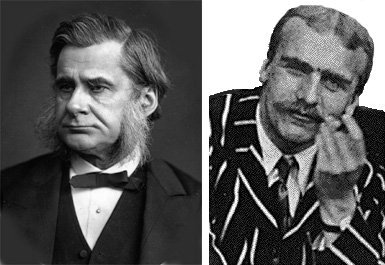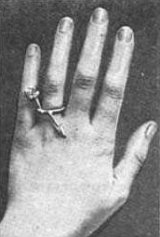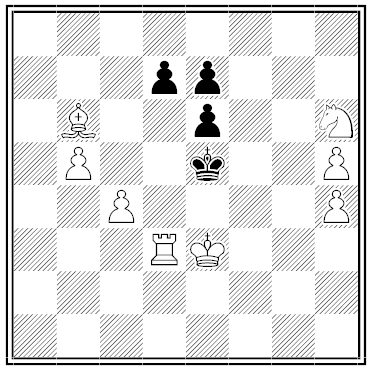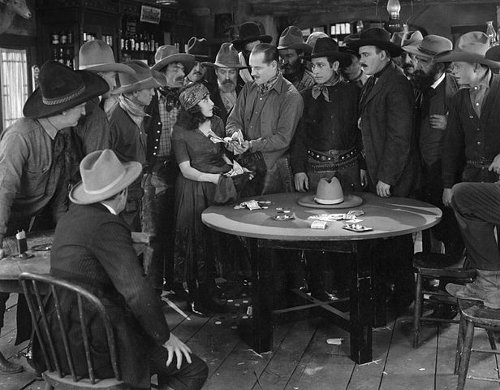
T.H. Huxley defined “four stages of public opinion” of a new scientific theory:
- Just after publication — The novelty is absurd and subversive of religion and morality. The propounder both fool and knave.
- 20 years later — The novelty is absolute truth and will yield a full and satisfactory explanation of things in general. The propounder man of sublime genius and perfect virtue.
- 40 years later — The novelty won’t explain things in general after all and therefore is a wretched failure. The propounder a very ordinary person advertised by a clique.
- A century later — The novelty is a mixture of truth and error. Explains as much as could reasonably be expected. The propounder worthy of all honour in spite of his share of human frailities, as one who has added to the permanent possessions of science.
J.B.S. Haldane had a more concise list:
- This is worthless nonsense.
- This is an interesting, but perverse, point of view.
- This is true, but quite unimportant.
- I always said so.
Louis Agassiz: “Every great scientific truth goes through three stages. First people say it conflicts with the Bible. Next they say it had been discovered before. Lastly they say they always believed it.”






